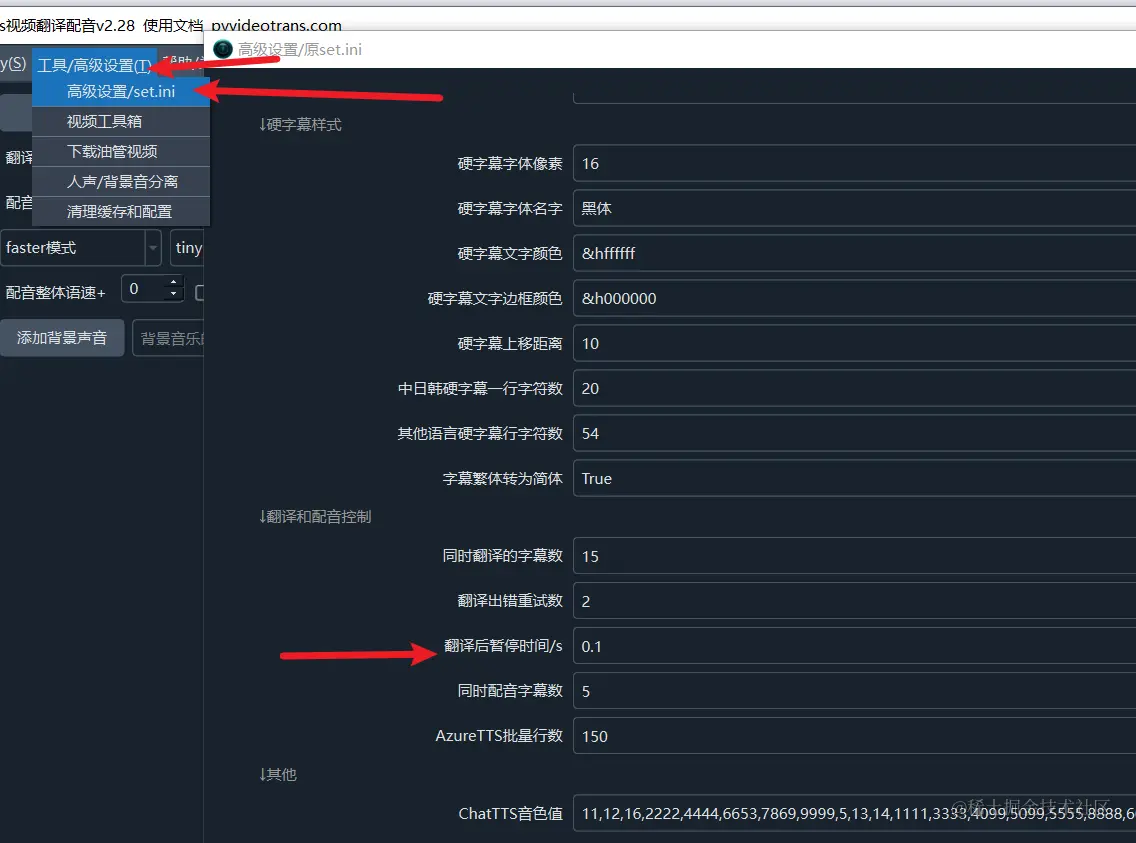Baidu Translation API
1. Apply for Baidu Translation API
Open the Baidu Translation API console at https://fanyi-api.baidu.com/api/trans/product/desktop. If you are not logged in, you will be redirected to the registration or login page. Please log in and then reopen the page.
After opening the page, click "Activate Other Translation Services."
If you haven't applied before, click "General Text Translation," then proceed to click "Next" at the bottom.
On the next page, fill in the relevant information. Note: Do not fill in the "Server Address" field. Otherwise, the API will only be accessible from the IP address you specify. If your IP changes or you switch computers, the API will return an error. This is a common issue many users encounter with the Baidu Translation API—everything seems correct, but they get an "unauthorized" error.
Wait for your application to be approved, then return to the management console. Scroll to the bottom to find your APP ID and Secret Key.
Fill them in where needed.
2. Enter the details in the software: Go to the top-left settings menu → Baidu Translation Settings, and enter the APP ID and Secret Key accordingly.
3. Free Quota
Starting August 1, 2022, Baidu's General Translation API standard edition offers a free quota of 50,000 characters per month, while the advanced edition provides 1 million characters per month for free.
As you can see, Baidu's free quota is quite low and generally insufficient for heavy usage. If you plan to use it extensively, consider upgrading to a paid plan.
In comparison, Tencent Translation offers a much higher free quota of up to 5 million characters per month.
Notes:
Most AI translation services may impose limits on the number of requests per minute. If you encounter an error indicating that the request frequency has been exceeded, you can adjust the settings in the software: Go to Menu → Tools/Advanced Settings → Advanced Settings/set.ini → Pause After Translation and set a time in seconds, such as 30. This means the software will wait 30 seconds after each translation before proceeding to the next one, helping to avoid exceeding the rate limit and triggering errors.

